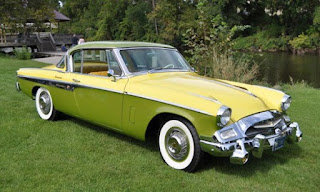‘Talking’ Points

In the course of my day, I talk to (and email with) people, read a lot, and every so often jot down a random thought or insight that gives me pause and makes me think. See what you think. Disclosure isn’t the same thing as clarity. Sometimes it’s the opposite. It’s not what you’re doing wrong; it’s what you’re not doing that’s wrong. Sometimes just saying you’re thinking about doing an RFP can get results. The best way to stay out of court is to avoid situations where participants lose money. The key to successful retirement savings is not how you invest, but how much you save. It’s the match, not the tax preferences, that drives plan participation. Does anybody still expect taxes to be lower in retirement? If you don’t know how much you’re paying, you can’t know if it’s reasonable. You want your provider to be profitable, not go out of business. Retirement income is a challenge to solve, not a product to build. When selecting plan investments, keep in mind the 80-10-10 r...



